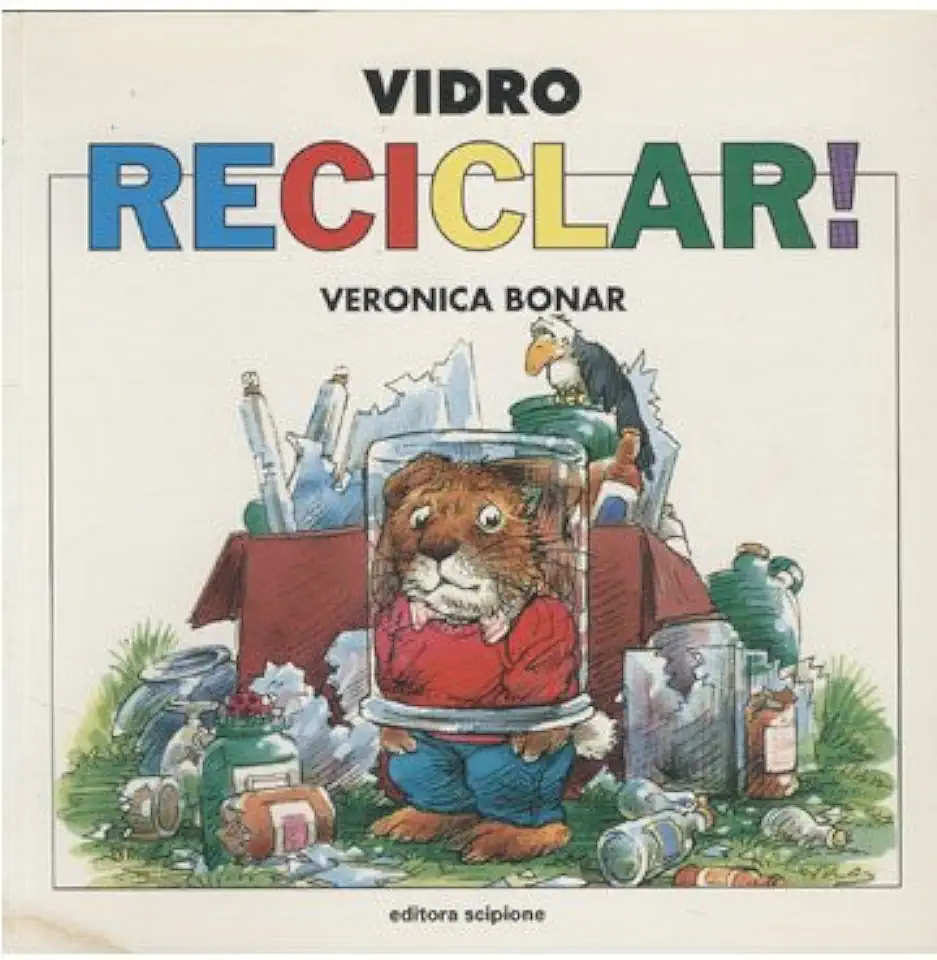
Recycling Glass - Veronica Bonar
Recycling Glass: A Comprehensive Guide to the Benefits and Processes of Glass Recycling
Introduction
In today's world, sustainability and environmental consciousness are more important than ever. Recycling has become an integral part of our efforts to reduce waste and conserve natural resources. Among the various materials we recycle, glass stands out as a highly recyclable and versatile material. In her book "Recycling Glass," Veronica Bonar provides a comprehensive guide to the benefits and processes of glass recycling, offering valuable insights and practical information for individuals, communities, and industries.
Benefits of Recycling Glass
Environmental Sustainability
Recycling glass significantly contributes to environmental sustainability by reducing the amount of waste sent to landfills. Landfills pose numerous environmental challenges, including methane emissions, groundwater contamination, and habitat destruction. By diverting glass from landfills, we can conserve precious land resources and minimize the environmental impact of waste disposal.
Conservation of Natural Resources
The production of new glass from raw materials requires substantial amounts of energy and natural resources. Recycling glass reduces the need to extract and process these raw materials, thereby conserving energy, water, and minerals. By using recycled glass, we can significantly lower the environmental footprint associated with glass production.
Reduction of Greenhouse Gas Emissions
The manufacturing of new glass from virgin materials generates greenhouse gases, contributing to climate change. Recycling glass helps mitigate these emissions by reducing the energy required for production. By choosing recycled glass over new glass, we can play a vital role in combating climate change and protecting our planet.
Processes of Glass Recycling
Collection and Sorting
The first step in glass recycling is the collection of discarded glass containers. These containers are typically collected through curbside recycling programs or drop-off centers. Once collected, the glass is sorted by color (clear, green, brown) to ensure proper recycling and avoid contamination.
Crushing and Processing
The sorted glass is then crushed into small pieces, known as cullet. This process reduces the volume of glass, making it easier to transport and handle. The cullet is further processed to remove any contaminants, such as metal caps or plastic labels.
Melting and Manufacturing
The processed cullet is melted at high temperatures in glass furnaces. This molten glass is then shaped into new glass products, such as bottles, jars, and fiberglass insulation. Recycled glass can be used to manufacture a wide range of products, reducing the demand for new glass production.
Benefits of Using Recycled Glass
Reduced Energy Consumption
The use of recycled glass in manufacturing significantly reduces energy consumption compared to using virgin materials. Recycled glass melts at a lower temperature, requiring less energy to transform it into new products. This energy saving translates into lower carbon emissions and a smaller environmental footprint.
Improved Product Quality
Recycled glass often results in higher-quality glass products. The use of cullet in manufacturing helps to eliminate impurities and defects, leading to stronger and more durable glass products. Recycled glass also contributes to a more consistent product appearance and color.
Economic Advantages
Recycling glass offers economic benefits by creating jobs and supporting local economies. The glass recycling industry employs individuals involved in collection, processing, and manufacturing. By choosing recycled glass products, we can support these industries and contribute to sustainable economic growth.
Conclusion
"Recycling Glass" by Veronica Bonar is an invaluable resource for anyone interested in understanding the importance and processes of glass recycling. Through comprehensive information and compelling arguments, the book effectively conveys the environmental, economic, and social benefits of recycling glass. By embracing glass recycling, we can collectively contribute to a more sustainable future and protect our planet for generations to come.
Enjoyed the summary? Discover all the details and take your reading to the next level — [click here to view the book on Amazon!]